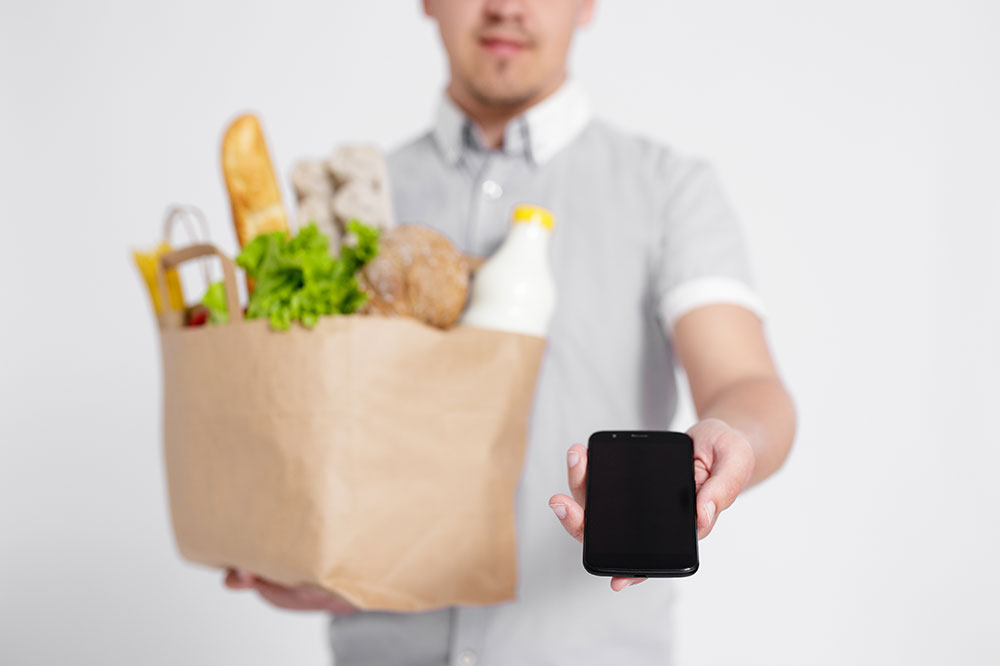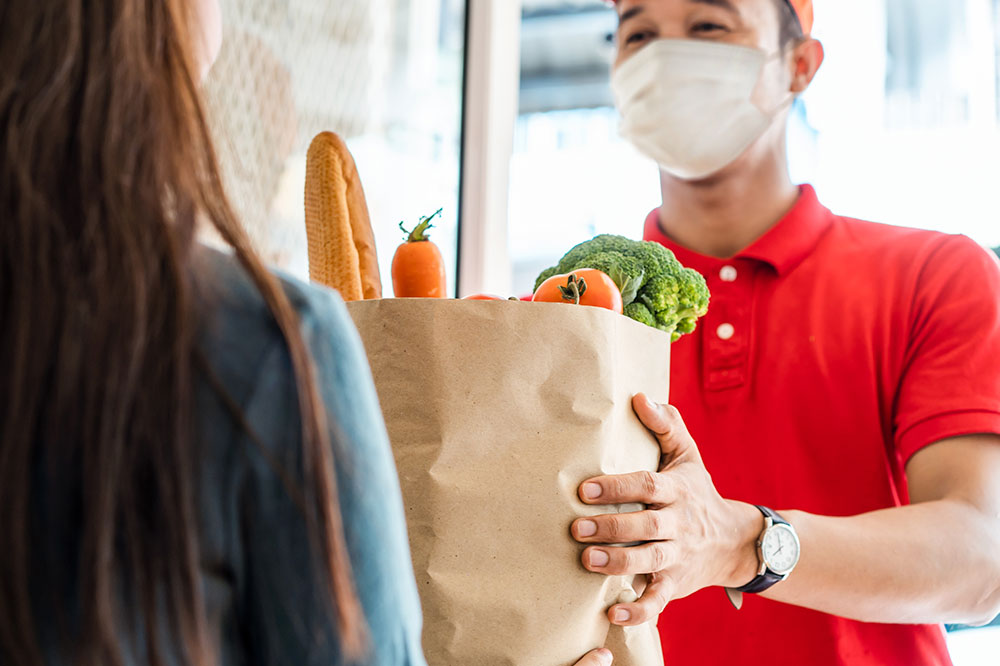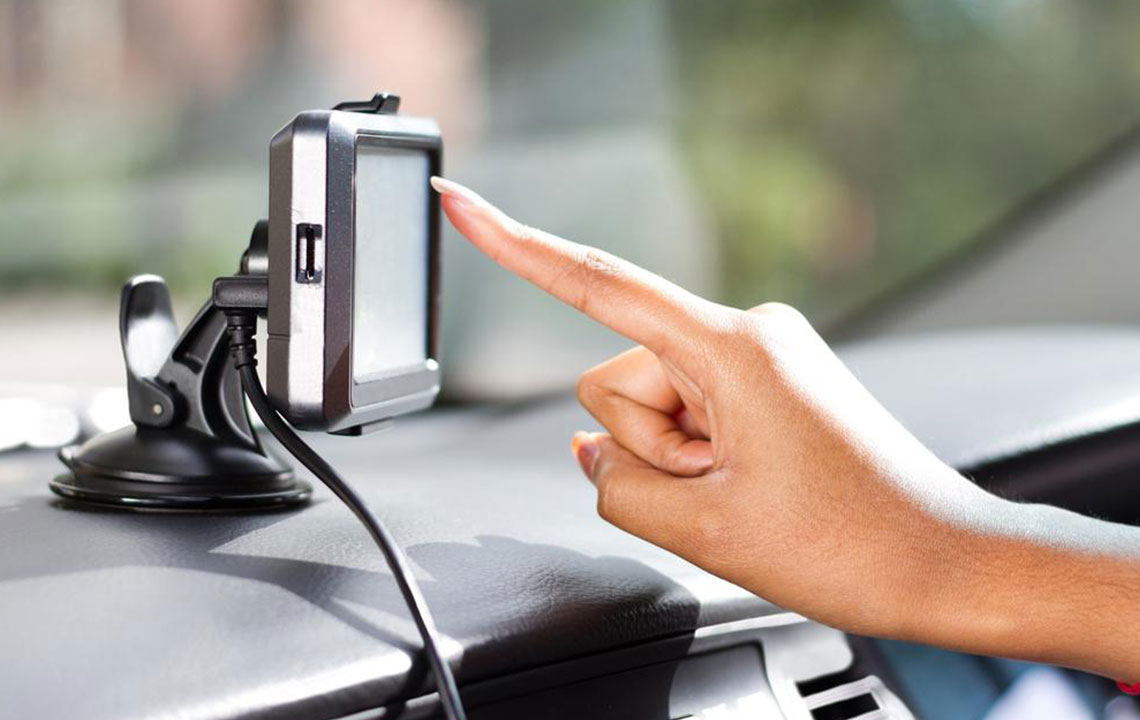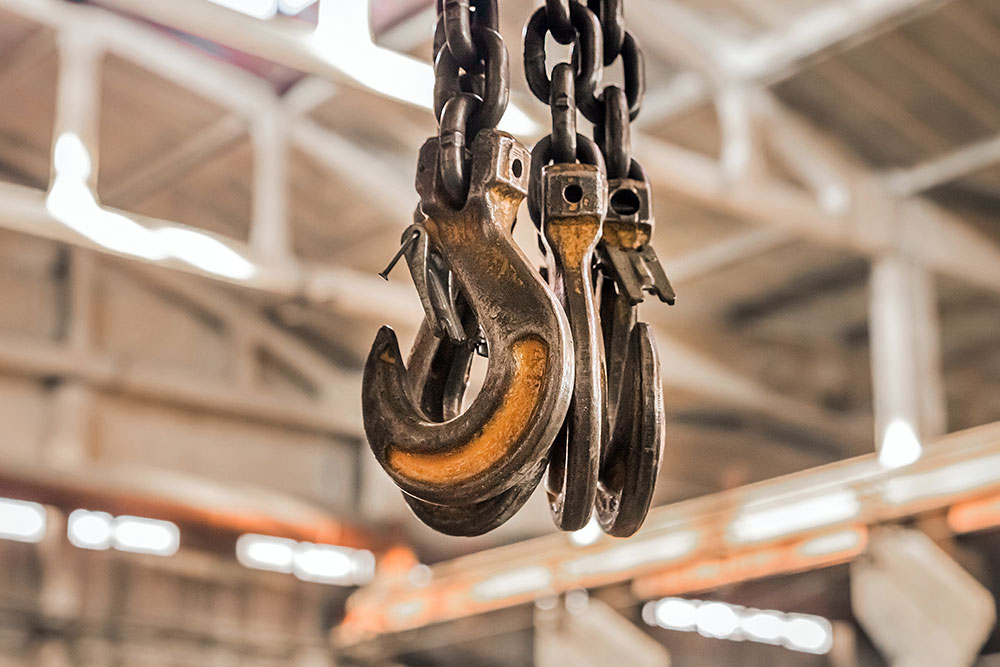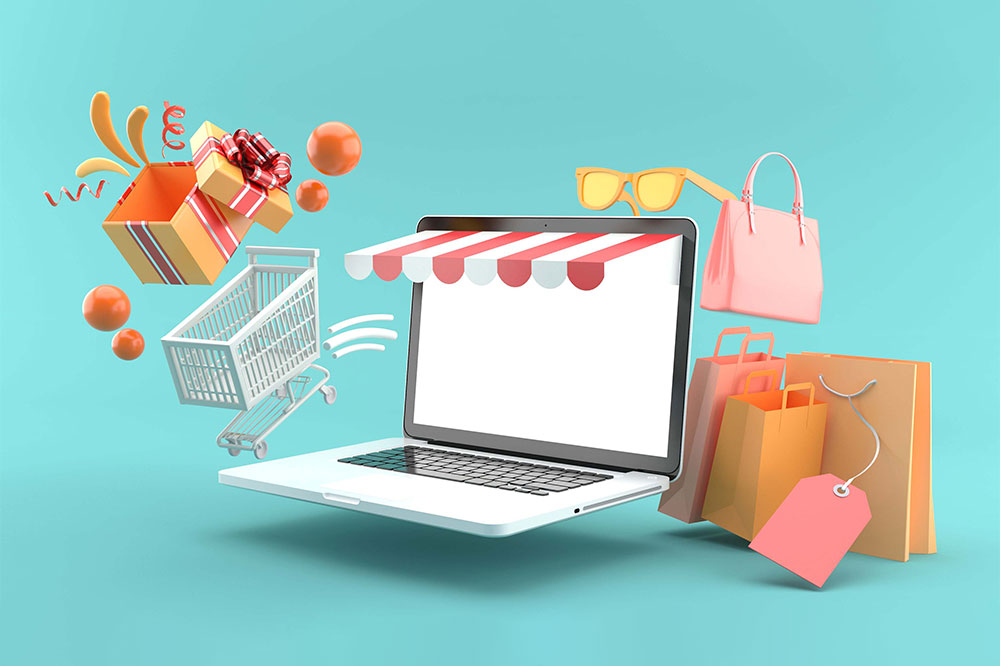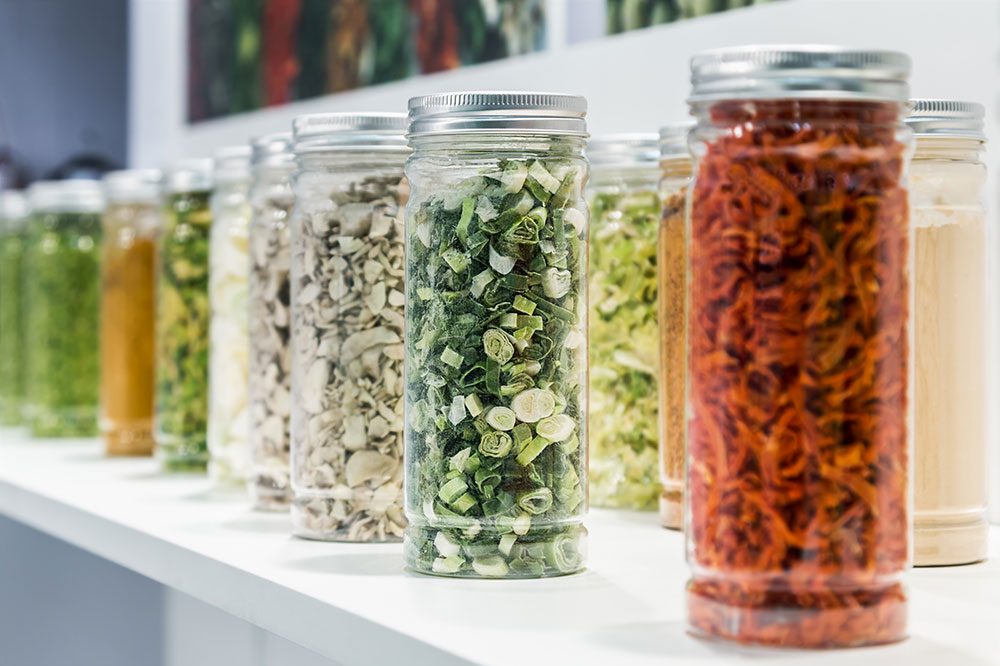Emerging Trends and Key Insights in Food Delivery Industry
The article explores the evolution of the food delivery industry, highlighting major players, recent statistics, future trends like AR and drones, and why consumers prefer ordering food online. It emphasizes technological advancements, changing consumer preferences, and industry growth, forecasting a future where digital platforms and innovative methods dominate food service delivery worldwide.

Emerging Trends and Key Insights in Food Delivery Industry
Food delivery has become an integral part of modern life, offering convenience for busy individuals who prefer quick meals without the hassle of cooking or visiting restaurants. Thanks to apps like Uber Eats and DoorDash, ordering food is now as simple as a few taps. Over the past two decades, the food service sector has undergone significant changes, reshaping how consumers access their favorite dishes and how restaurants operate.
The Rise of Online Food Delivery
In 1995, World Wide Waiter pioneered online food ordering in the country by partnering with 60 restaurants in Silicon Valley. Today, it collaborates with approximately 1,300 eateries nationwide, allowing users to search by location and cuisine, customize orders, and save preferences. Available via website and app, Waiter.com has expanded its reach significantly.
Major players like DoorDash, GrubHub, Uber Eats, Seamless, and Postmates dominate the US market, each offering unique features. DoorDash, established in 2013 by Stanford students, utilizes logistics networks for delivery across breakfast, lunch, and dinner. GrubHub connects users to 200,000 restaurants in 4,000 cities, offering extensive menu options. Uber Eats, integrated with Uber accounts, is known for fast delivery, while Seamless focuses on neighborhood orders with discounts. Postmates delivers from over 600,000 stores, including groceries.
Important statistics reveal that 60% of Americans order food weekly, and online delivery has grown over 300% since 2014. 87% find these apps convenient, and 59% of millennial orders are for takeout or delivery. Industry insights show a 10-20% sales increase for restaurants partnering with third-party services.
Future Industry Trends
Millennials will continue to drive growth, preferring quick, convenient meals over traditional dining.
Ordering platforms are evolving, integrating smart devices like smart TVs and voice assistants to place orders seamlessly.
The industry is embracing technological advances such as delivery robots, drones, and AI to enhance service efficiency.
Augmented Reality (AR) will be increasingly used for menus, marketing, and staff training, elevating customer experience.
Cryptocurrency payments are emerging, allowing patrons to pay via digital currencies, with some brands already accepting crypto.
Why do consumers prefer food delivery? Choices are broader, and the convenience of home delivery eliminates cooking, travel, and wait times. Real-time order tracking, reviews, and digital payment options make ordering simple and reliable. Promotions and discounts further incentivize use. Privacy concerns and the desire to avoid restaurant social settings also boost the appeal of staying home while enjoying favorite meals. As lifestyles grow busier, food delivery is set to become the primary mode of meal access, with traditional dining models shrinking in prominence.


